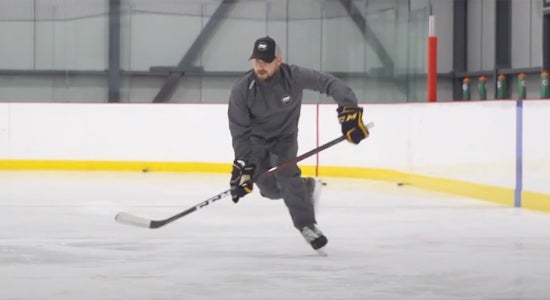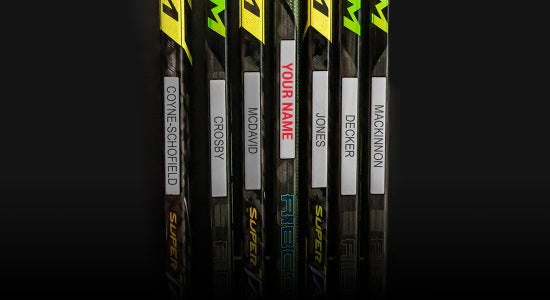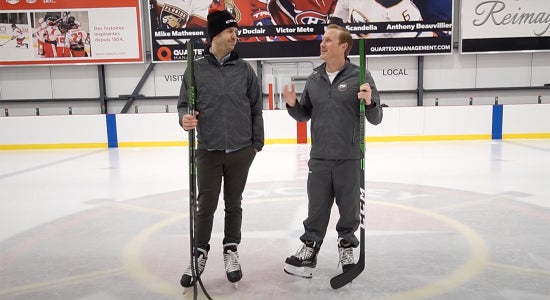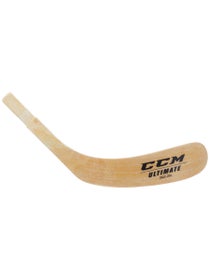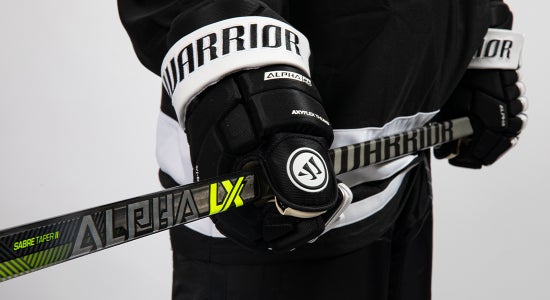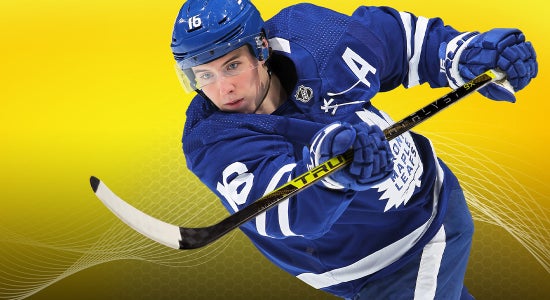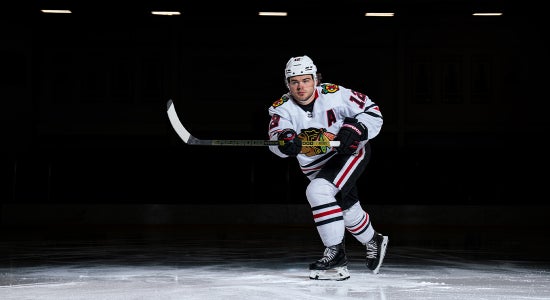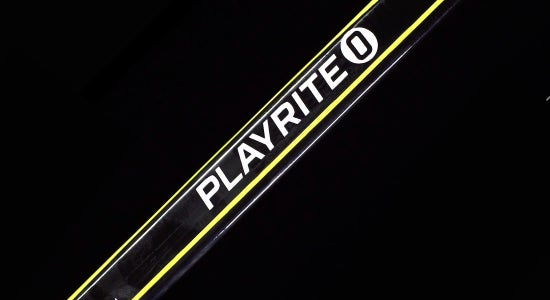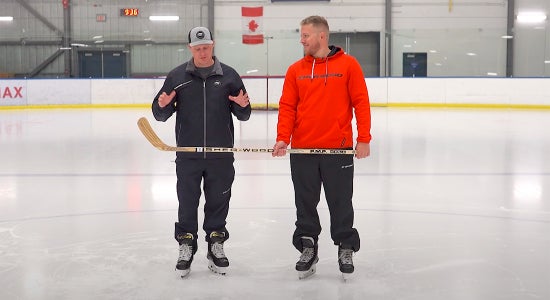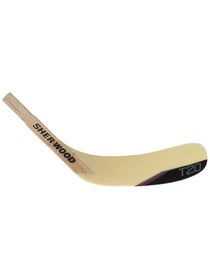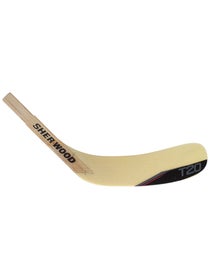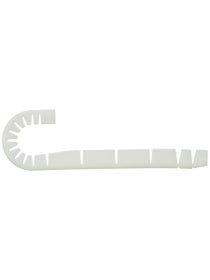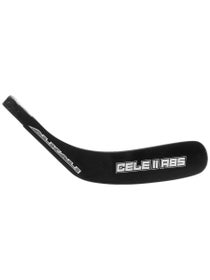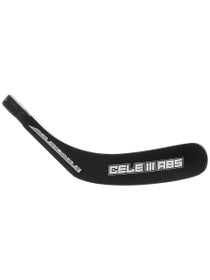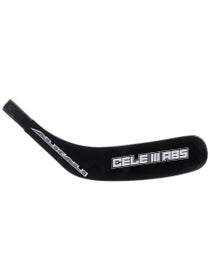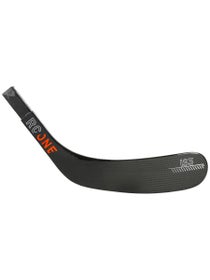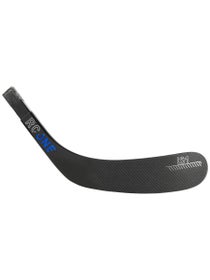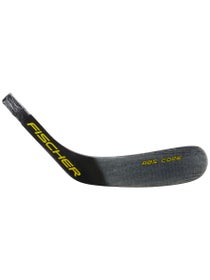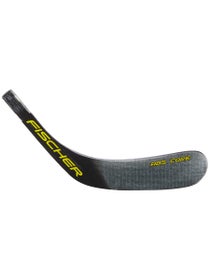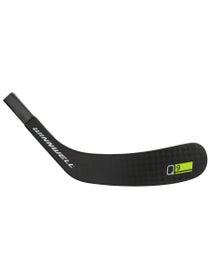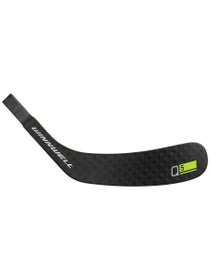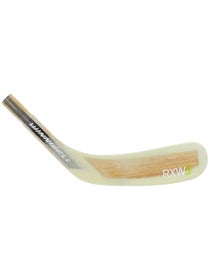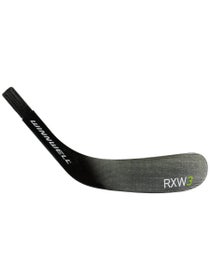How to Select a Hockey Stick Blade Curve
Before we dive into the differences between blade curves, let’s touch on what a blade curve is. While some of the first hockey blade curves were completely straight, players began to add curvature, which made shooting and stickhandling the puck significantly easier.
Curve Options
As players continued to experiment with the curvature, three main categories of curves arose: the toe curve, the mid curve, and the heel curve. The differences between the three are the point of the blade that creates the most curvature for the blade itself.
Toe Curves
The toe curve remains somewhat straight from the heel to the mid-point and the most curve will show itself in the toe region. These are the most popular in modern-day hockey because it has been developed for the faster-paced game it has evolved into.
Since the concentration of the curve is near the toe, it makes stickhandling in tight spaces easier and assists with more advanced moves like the toe drag. The unique shape helps the player to cradle the puck further out on the blade, which they can then shoot with a quicker, faster shot release. Lastly, the puck is able to elevate much easier with a toe curve, making it a great choice for the new-to-hockey player who is struggling to do so.
Mid Curves
The mid-curve starts off with a straighter heel until the mid-point of the blade, where the curvature appears and rounds out towards the toe.
Mid-curves are the second most popular curve on the market because it offers the most versatility and bridges the gap between toe and heel curves.
While toe curves sacrifice the “sweet spot” for big slap shots and heel curves sacrifice stickhandling abilities, the mid curve excels at both. This is another great choice for the beginner and will help reinforce the proper method of lifting the hockey puck.
Heel Curves
The heel curve is the opposite of the toe curve since the blade will start to curve in the heel section most and will then not have many curves from the mid-point to the toe.
Once the most popular, heel curves are now a dying breed. While the pace of the game has become much quicker, heel curves benefit the player who looks for the big slap shot and one-timer. The heel curve offers the biggest sweet spot for such shots and is also a great choice for the player who finds themselves taking more backhand shots than most. The heel twist creates a long, flat curve for the back of the blade, which makes backhands much easier to execute.

Blade Face Openness
Another design implemented into curves is the angle of the blade face. There are two different types: Open and Closed.
Open Faced Curves
Open-faced curves make it easier to elevate the puck, making it great for players who often find themselves near the net and need to put the puck in the top corner of the goal. The openness also helps the younger or new-to-hockey player lift the puck as they learn the shooting process.
Closed Faced Curves
Closed blade faces are more traditional and are a better fit for the players who like to take big slap shots or one-timers that won’t go over the goalie’s head. The closed shape is easier to control in terms of shooting and stickhandling alike.

Blade Toe Shape
While not nearly as impactful on the player as the curve type or curve openness, it can help different styles of players. The rounded toe is the most popular, especially with forwards because it is easier to use in dynamic situations like stickhandling in traffic. Square toes have much more surface area, making them great for puck battles in the corners, stopping pucks along the boards, as well as poke checking.












